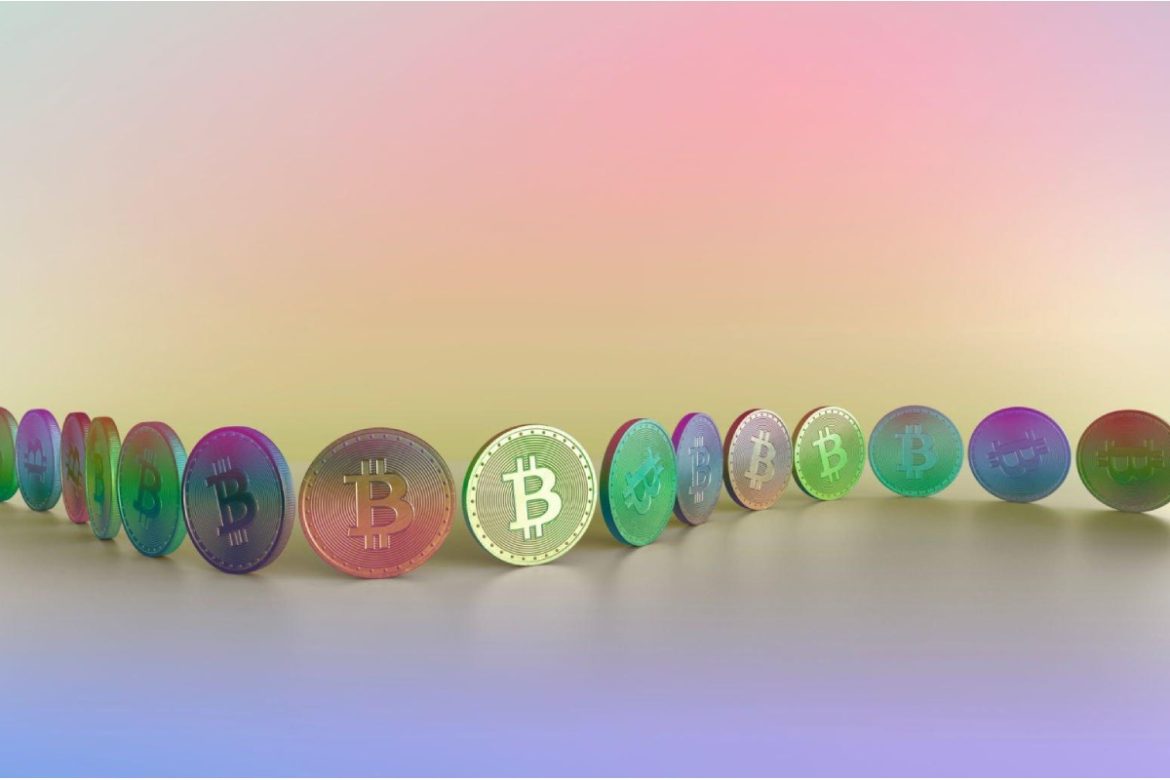The Process of Decentralisation in Bitcoin – Before you start reading this article, make it clear that the article is based on the POV of computer science instead of an economic view. So, in the article economic details may not be in more detail. Bitcoin can be defined as a currency which can be used anywhere all over the globe. It can be converted into USD anytime. Check out the Crypto Trader if you want to begin mining bitcoins.
The thing that makes Bitcoin unique from the monetary system is its property of ‘decentralisation’. The two things that make bitcoin different from any other currencies are:
- Decentralisation: The power of printing the money is not in a single hand. The money is printed by the crowd which shows that bitcoin is a decentralised system.
- Anonymity: The user who buys or sells through bitcoin remains anonymous and their identity is not revealed.
Table of Contents
Decentralisation
To better understand the concept of decentralisation one should be aware of the centralised system. In a centralised system, the decision-making authority is not distributed and stays only in a single hand. For instance, the jurisdiction and the formation of policies is the responsibility of the government only. Nowadays almost every transaction is made through the banks, which keep a record of these transactions to settle any kind of dispute in future.
Now that you have understood the meaning of a centralised system, we can say that a decentralised system is one in which the power is not in the hands of a particular party and is still able to carry on the operations efficiently. The need to work efficiently is a little unclear as it depends upon the country’s economic and legal policies. Before heading towards the generation of bitcoin we should learn more about the history of money. Earlier the monetary system used to have a decentralised system but with the passage of time and development, it transformed into a centralised system. However, the crypto community is trying to bring back the decentralised system with a new change.
The history of decentralisation
Earlier there used to exist a barter system and gold standard system. In this, the commodity was given a value according to the gold. The commodity was exchanged with the commodity having the same gold value. It was considered a decentralised system because there was no particular party having the right to give the commodity value according to gold. The commodity was given value according to its physical appearance.
Recent history of centralisation
Nowadays the centralisation system has taken place. The central authority lies in the hands of the central bank. If a person wants to purchase a commodity, then he will pay with a note that is signed by the bank instead of giving gold or silver in return. The holder of the note can purchase the gold or any other commodity with it.
Fiat Currency
It is the money that we are using right now. The word fiat has been derived from the Latin word “fiat” which mean is ‘should be done shows that it is an order. Fiat money is the money that government forces the person to accept in return for a commodity. Fiat money has the value that is printed over the note. A decentralisation system should be adopted in place of a centralised system as it is more reliable and effective. In decentralisation, there’s no need to find a particular authority to whom everyone listens. It is required to find something that should be easily accepted by people like notes and coins but this time it should be in electric form.


